Namaste, Dear Music Lover,
Bollywood is more than another name for Mumbai. It’s a film (motion picture) industry—in fact, our film industry is one of the most active and successful Indian businesses, and one with a global reach. As such, it not only provides gainful employment for creatives and technical staffs, it represents both a window into our culture and a means to share it with others around the planet.
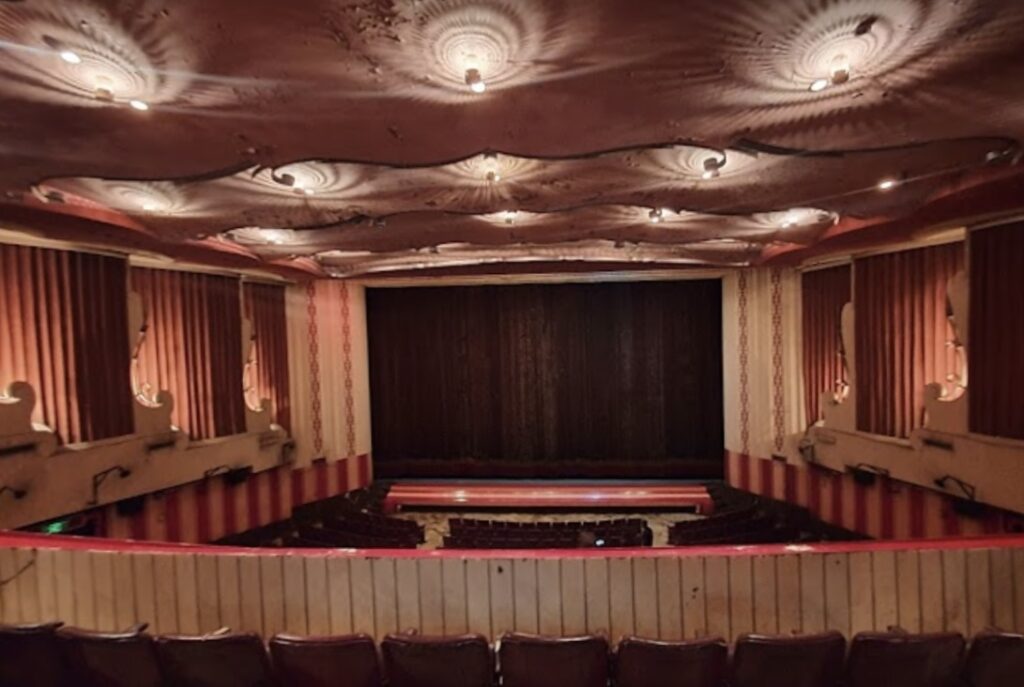
Whilst South Asian cinema theatre ticket sales begin to recover and reach new normal levels (and, we hope, grow again—as they were doing prior to the Covid-19 pandemic) and Indian movies reach neighbors near and far digitally on disk and via streaming and broadcast media outside our national borders—often with aspects of nearby influencers (like Urdu words in song lyrics) and while some people might refer to Bollywood as more than a production centre, or as if it’s trying to compete with Hollywood… as usual, I’m not refuting or verifying any such heady or controversial claims.
Some media mavens would insist that film centres house tastemakers and opinion influencers, social movement aggregators and places where culture evolves, both in terms of working situations (as I’ve noted on this blog-site repeatedly), employment in the fim industry covers many fields of expertise—from idea and script/scene/story development to acting and production (significantly including MUSIC and DANCE elements). I don’t disagree. In fact, the final products offered by nearly every industry often serve as “culture bridges” between nations—the international social/commercial reach of the ‘annual crop’ of Bollywood movies presents an outstanding example. (Bridge health status matters, too.)

I’ve touched upon similar themes in my last post “Finding Your Light” here that’s intended as potential inspiration for anyone either interrupted from their work in so many unpredictably strange recent pandemic months (during which nearly every non-essential job was subject to being put on hold awaiting better times and health statistics in order to resume with confidence regarding personal safety gathering in obviously transmission-risky indoor venues)—of course, one of the most obviously-risky places being interrupted was/is movie theatres. So… Why does our Indian film industry matter, and why should we bother to “bring it back” to full attendance?
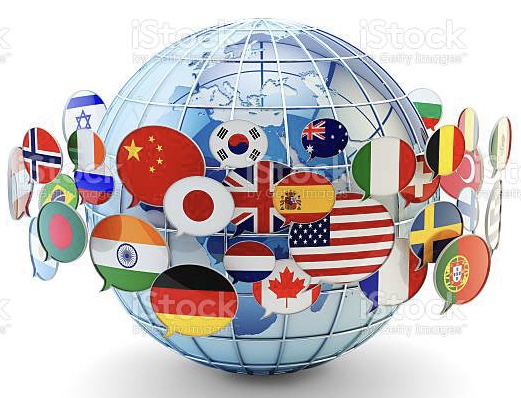
In brief, our Bollywood producers are both influential upon culture, and are able to reach and (in theory, at least) can positively impact the lives of many millions in their audiences—on often, a weekly or more-frequent basis! So this isn’t an outlying field of work (it’s central to our shared culture).
Movies may not be the sole arbiters of artistic and cultural norms for India or anywhere else. However, it is fair to note their direct or eventual impact upon what are regarded as social norms. In other words, blockbuster films have not only caused the media profiles of many gifted writers, actors, directors, etc. to rise and their careers to thrive, they’ve also served as channels for disseminating various points of view… at times impacting lives socially, politically, religiously, interpersonally (and even internationally).
Further, on the whole, the majority of Bollywood’s impacts upon society are positive—especially the actions and espoused views of many leading figures in the industry (who, like their Hollywood counterparts, are mostly lead-role actors, as well as some directors, producers and other high-profile “celebrities” and others). I’m also setting aside the prurient interest titles, that only target chakras 1-3.
Although many higher-profile people here in Mumbai have been vaccinated against Covid-19, India remains at less-than-ideal levels of the vaccinated, with under 60% of our population having received at least one dose, and less than half that percentage having received 2 or more doses. However, among the most vocal (outspoken) public figures advocating for all possible life-saving measures are India’s biggest movie celebs. Having been blessed to interact closely with some of them, I can attest to their general sincerity. If not always, I am usually open to their good advice. Looking after public health is not antithetical to the prudent actions of caring public figures. To the extent my own career is owed to the moviegoing public, I’m also willing to advocate on behalf of best available options, too.
While I cannot take credit for any huge outreach or advocacy in these trying times, even before Covid-19 took over TV screens as the top news item, I was and remain advocating for anyone struggling with depression or other mental health challenges to seek capable medical attention—and to know that there is no shame in seeking help with troubling thoughts. Trained mental (psychological [psychologist/Ph.D.] and/or medical [psychiatrist/M.D.] practitioners/doctors) health pros can help us get a grip on our lives, and help us to work out the thoughts and exercises we need to use in order to get better in mind and body. Until we take steps to address the issues, we can only be at more risk and subject to more suffering.
Though in some circles, internalizing pain is said to be a sign of strength/character, I’ve seen some people almost no one regarded as in need of help take their own lives to get relief from their pain. That’s certainly not what we want for ANY of US, Dear Music Lover. Please know that if you’re not yet a centenarian, you may still have a chance at several more good years ahead. So please, don’t deprive yourself of the opportunity to seek and build that better life. It all starts with a first step. You needn’t go it alone. #GetYourselfATherapist
Maybe one good step is to cut down or stop excessive smoking (does our beloved national hero SRK read my blog?), drinking, eating, drugs, or whatever obsession grips one. Or to take walks instead of being inside inhalIng polluted air and missing the natural fresh air (with healthy negative ions). There are so many opportunities to either allow or avoid toxins (and toxic people!) in our lives… maybe [possibly with the aforementioned pro mental health expert help] we should re-assess ourselves and where we would rather be (if feeling abnormal) or if suffering, self-examine how we feel about that and choose healthier possibilities going forward.
It’s about more than looking into a mirror or snapping selfies to see if we’re smiling or not. It’s about exploring our core beliefs and taking stock of how well we’re going about our lives, as well as the states of our relationships with others. Sometimes even watching an impactful movie can either help us to look deeper into our issues, or help us to identify traits or personality types with which we’re in conflict—simply to “get a handle” on problems before they mount or begin to overtake our moods and daily routines. Trained professionals have expertise in such matters.
Then once we’ve realized our statuses, again (mostly in addition to traditional remedies like doctors and nurses provide, after the correct diagnostic procedures are done) a movie or TV show (or we like to remind everyone: some great music/songs) could catalyze or supplement our paths. Yes, I’m insinuating that ART can have palliative effects (and music is famous for taming inner and outer demons/wild beasts/savage breasts) on our moods and impulses! The draw of a propulsive rhythm can be irresistible. Yes, I’m also suggesting dance as a potentially very helpful therapy. It’s certainly helped me.
So… 2 aspirin may work for a headache, whereas 2 songs often can even be had for free on radio/the WWW, with zero negative side effects yet an impulse to dance, smile, breathe deeply & slowly, relax, rest and recuperate!! Honestly, the abundant potential for good that music offers is one of the main reasons my family and I took it up as a vocation. Please don’t dismiss or underestimate the potential for good in all ART.
While no single mode of expression encompasses every aspect of modern (or historical, whether depicted factually or fictionally) life, movies do reflect the times in which they’re made, and often lend useful insights into past and even future times, ways of life, important ideas, trends, and so on. I like to celebrate rather than to argue over such things. I also realise that others may enjoy a heated debate or two. But here on my blog-site, we look to cooperate and support rather than to argue and battle.
Does it seem that I’m obsessed with stressing the importance of one industry? That’s not the case. But it’s undeniable how influential art in all of its many forms has been and remains upon Earthly society.
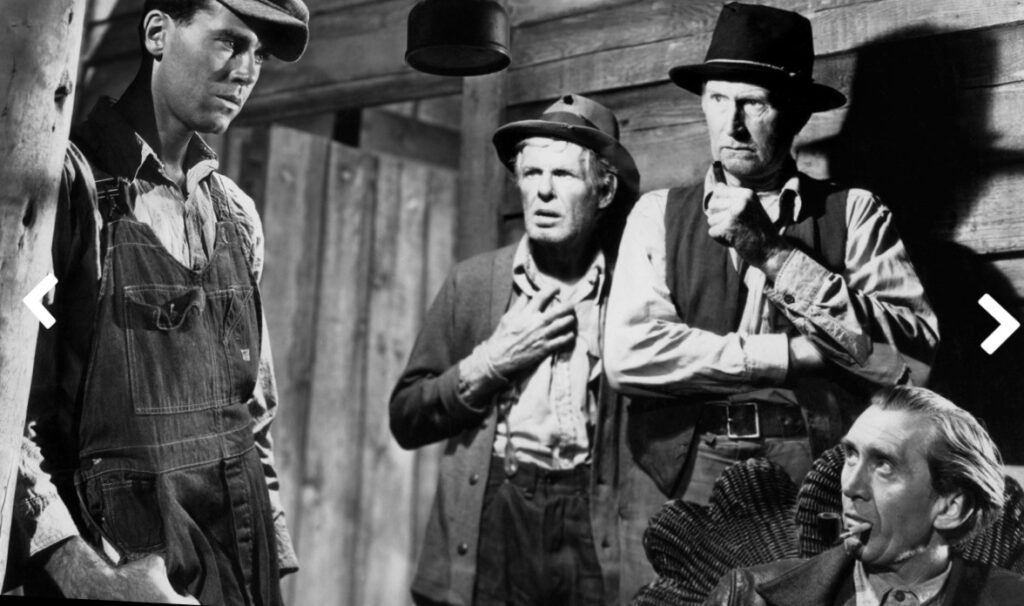
The takes on life and people living it presented in movies we make tend to live on as sort of social/cultural landmarks—touchstones that have lasting impacts upon society. People point to favorite characters, stories, songs, scenery and costumes as examples with which they identify, react strongly for/against (usually embracing the protagonists and panning the evildoer figures, akin to how our ancient texts depict heroes and antagonists), and the end result is that movies are regarded as significant to us in many ways.
Therefore, I’m not attaching undue importance or feigned impacts here; it’s simply proven that movies matter (especially so-called classic ones). While modern cinema theatres aren’t equal to temples, churches and mosques of antiquity in terms of cultural impacts upon society, we can say they have some bearing upon it. (Perhaps more influence than some of us have so far admitted, expected, or hoped for.)
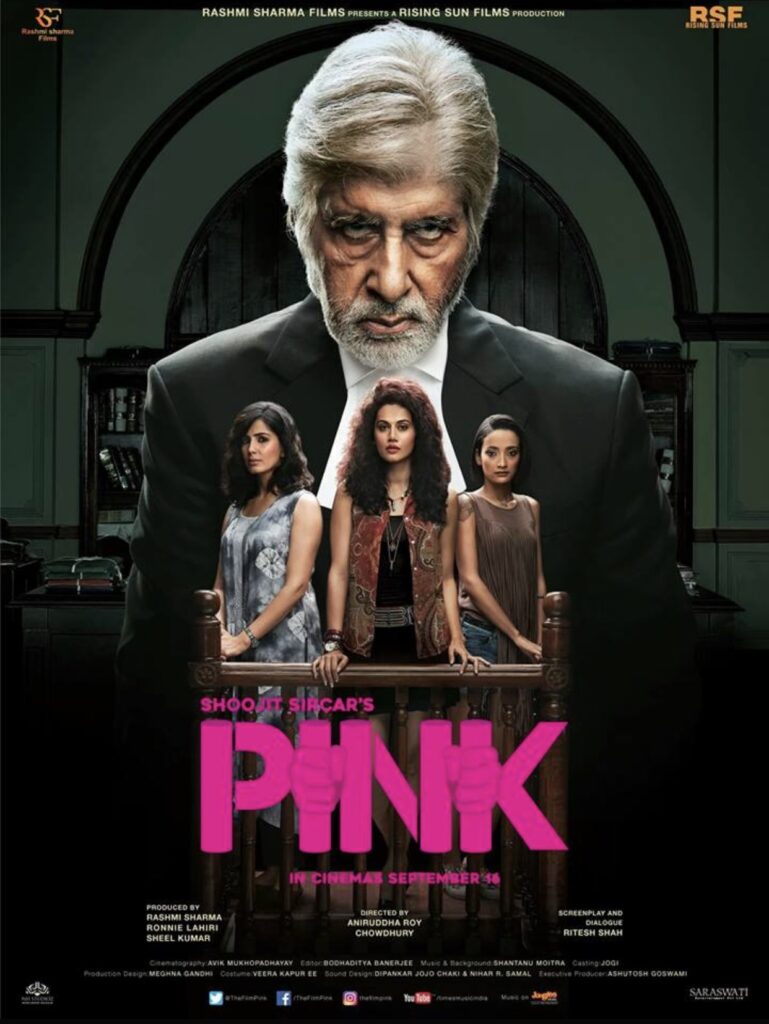
We at AntaraMitra.com aren’t sharing this just to try to influence your choices of favored films, characters or songs. We know that people have affinities for directors, genres, locales, music and dance styles that are quite independent of movie industry trends and awards cycles. We’re certainly each entitled to our own likes and dislikes!
We also realize that any well-established global industry has its own long history and financial basis/momentum. We’re not here to argue for huge changes in order to promote one or another political or fiscal policy agenda that we suppose is our best hope for continued longevity. Surely some norms have evolved in every industry based in part upon what producers regard as valuable… but one inescapable fact is that, in modern life, because it’s the consumers who are not only the effective determiners of what will sell, their preferences tend to serve as bases for every new product offering—including those of new movies.
What I hope to offer here, instead of a dry recitation of facts, is the belief that music can often be a palliative or at least some small comfort or distraction (and in the case of soundtracks, can even be important to movie action and plot development) to be of service to audiences in ways we seldom consider. (More on this will be presented in future posts and shared resources.)
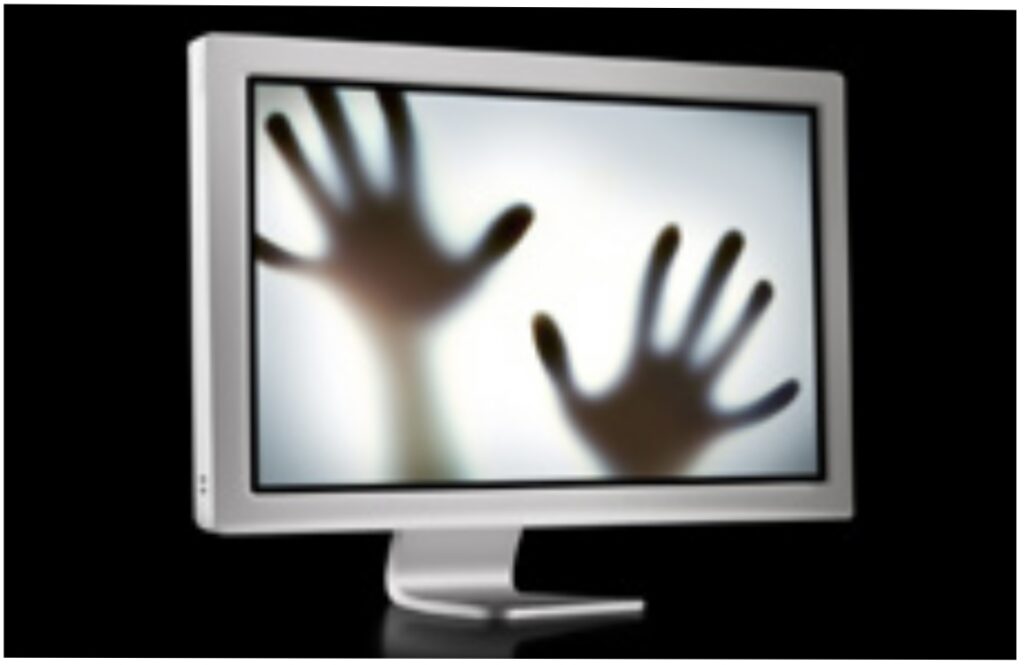
In this regard, I feel that we need to not simply take a temporary step or two away from the silver screen, but perhaps pan our view quite a distance from the action with which we find ourselves grappling, in order to find solace in love songs (and others) that give us strong reminders of what we truly value: be it “family values” or any of myriad other aspects of life we hold dear. We can also find some wonderful release from our daily grind in the dance numbers that tend to be featured in our Bollywood film fare! Something for everyone? Perhaps not everyone, but hopefully enough of an audience to keep us all going!
Our main goal here isn’t to persuade you, Dear Music Lover, that one movie or song is by far best and worthy of your cinema going rupees/other money, we simply hope to acknowledge that cinema theatre fare is an art form (that includes other forms within its releases) driven almost entirely by audiences.
That on its face may seem a trifle gratuitous, however there is ample proof it’s true. Movie stars tend to have roles in several productions, and directors are often touted for their bodies of work over decades. As these film heroes and heroines on both sides of cameras go about their careers, they are often lauded as tastemakers and perhaps social or even science activists. Much of their notoriety could depend upon how they express themselves in media opportunities that often occur in the film marketing process.
So here we have an almost endless cycle of talented people being given platforms to express not only their artistic skills (acting, dancing, directing, etc.), but many of the same high-profile names seek other roles in various enterprises (including filmmaking!) and then their involvement in national/international discussions on various topics and movements naturally continues to expand and develop.
Some fans may call giants of film like Amitabh Bachchan ji, and media moguls like Ronnie Screwvala ji’s family production houses national heroes as well as tastemaker extraordinaires. However, each “big star” or “mogul” is often more than one-dimensional in terms of their interests and hopes for the future of movies, television, print media, and so on. Any viable industry tends to outlive its top producers, and that helps to prove one of my points: in the final analysis, the market (or audience’s) demand is what it’s really all about.
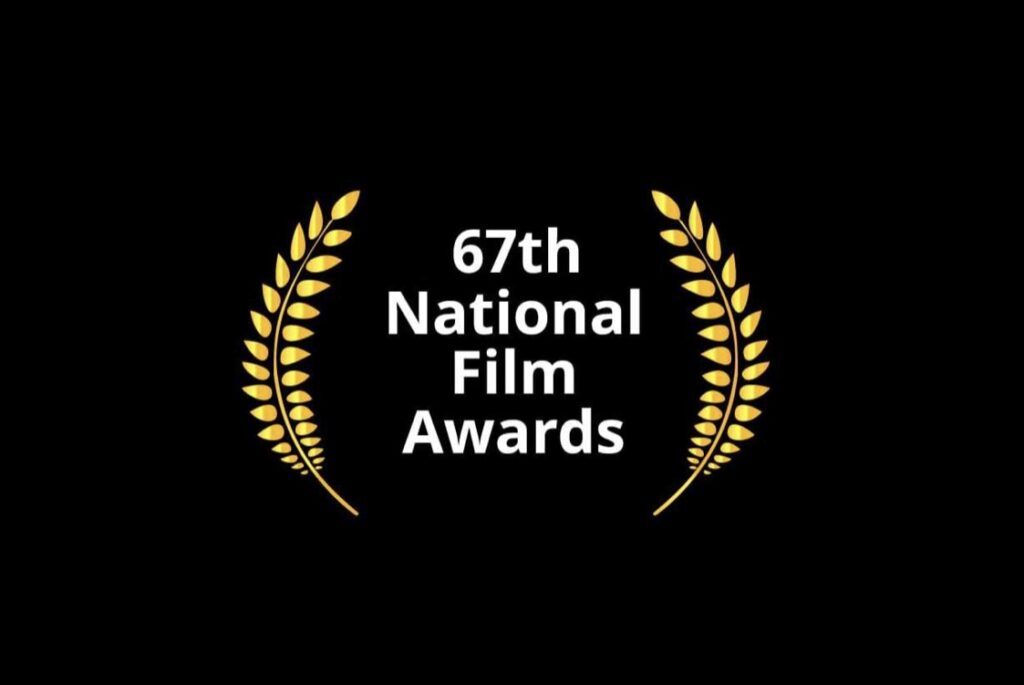
While media industry consolidation has been a consistently strong trend globally on Earth for decades, it’s not yet total in India. Would clear monopolies offer better entertainment? Would they expand the range and reach of films that touch upon controversial stories or political or social struggles? Some experts would assert that for various reasons we aren’t eager to know the answer to that, after seeing how disastrous it can be in terms of quashing creativity.
Is Bollywood asleep at the wheel, so-to-speak, in terms of its ultimate potential to be an enduring source of business inspiration and stimulation? Is such a place in society really a good fit for the media, anyway? Does the World Wide Web really level the pitch for everyone?
We won’t try to answer all of the preceding asks in one post here (or even several on this one website!). My hope is more to inspire those visiting here to consider what you love (and/or disdain) about movies and especially movie music, to at minimum be more of a conscious consumer. Then maybe you’ll find a bit more depth (especially where the music is of importance to you) on some key aspects here.
While no one is officially tasked with being the sole best art authority in whatever genre or category, so it happens with each of us as viewers and listeners. Often, we’re aware of what we like, and yet not always for very-specific reasons.
That which is emotional by design is subjective as well. It may be that we can attach terms to categorize or rate a film in a genre or observe whether some big award is presented to its makers as potential classification and ranking mechanisms. But the individual views of a sole reviewer are seldom regarded as the only good arbiter of something as pliable or slippery as what is termed “taste” with regard to any art form.
Simply put, in a democracy, individuals are given latitude to make choices about how they will “fit into” and “be members of” some greater social order, whether it’s academic, political or artistic in nature.
Part of what we think may drive decisions of those who “think deeply” about movies could be how well they imagine the stories they tell achieve verisimilitude (the cinematic term for apparent realism), or maybe if the audience is well-versed in the lively arts, how skillfully the directors and full cast & crew execute the script, songs and choreography.
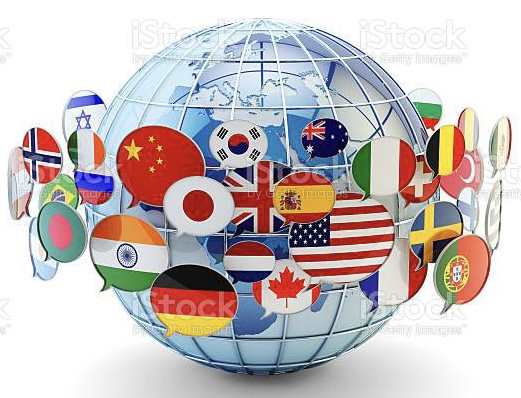
However, we often find ourselves as audience members simply taking interest in the entirety of a movie as sort of an escape-from-reality. In such a fictional realm, the factors that determine our reactions are open to factors that in “normal life” don’t as often apply.
Do specific characters seem like people we’ve met? Do their [apparent] singing skills (really, the skills of the playback vocalists) impress us? Why/why not?
Is filmmaking more about competing between movie studios or top box-office talent facing off in a battle of sales receipts—as if that’s what’s most important in all of this?
Does the money from audiences really drive the decisions about which movies will be green-lighted for production, or is the only real determinant some type of cynical popularity formula, or worse, merely a crass practice of ‘selling flesh’ as a commodity (the pretty faces and bodies that have dominated every film industry since its inception)?
Do movies introduce audiences to new ideas, less-well-known music or stories, that are then capable of evolving into full-blown popular movements and style trends that could well outlive passing trends?
We like to think that movies do in fact have at least paths to be those bellwethers (influencers of future trends) and if nothing else, to be dance and fashion statements and trends that in some ways capture our fancies. While that may seem rather a trifling endeavor without real moral significance, we cannot deny that film has captured images of life as it is (or perhaps at times, as mildly diluted by originally a celluloid-based process that has survived in similar forms as basically a 2-dimensional photographed medium for over a century).
Is the live theatre form of entertainment superior to movies because the latter is 3-dimensional? We think the jury’s still out on that. We’re also careful to avoid blanket statements in support of any notion of film’s supremacy over other forms of media. Every medium has potential to carry or portray ideas and to offer not merely creative expressions, but the reactions and responses of consumers.
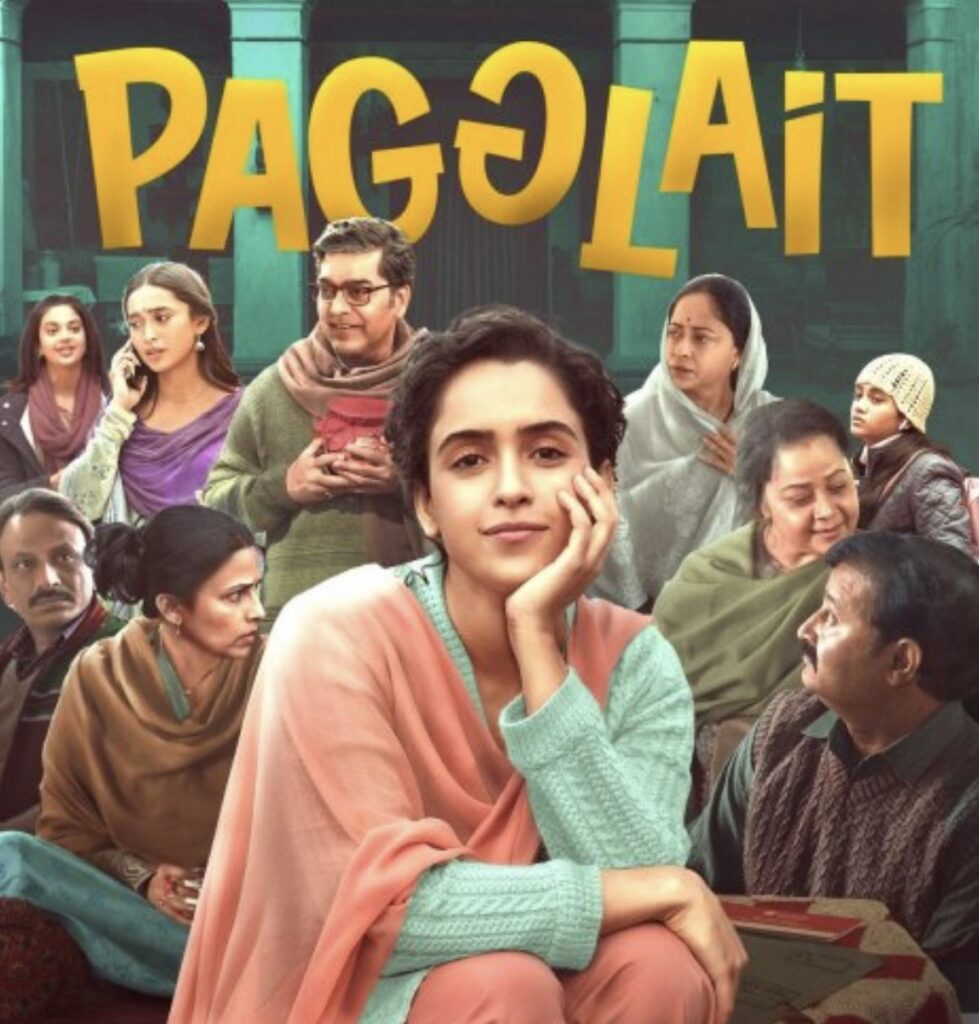
Is it correct to insist that art accurately portrays life—or might the notion that it’s largely venal (a form of diversion meant to offer respite from our daily grind) be closer to reality?
When I began this post, I’d expected to reach a fairly quick and tidy conclusion that indeed: movies have real importance as arbiters of taste and vehicles for promulgation of important ideas needing consideration and/or action.
However, experts more familiar with Bollywood than myself and our small web team have yet to lay out fully convincing arguments to that end. In fact, virtually every art form worldwide is more than influenced by “whatever/whoever sells the most”. However, there have been artists working in obscurity for eons and some authorities think that commercial viability is rarely the overriding or only factor that ‘sponsors’ art. Instead, we often credit a fairly nebulous “creative impulse”.
In the words of our great thinker/writer Tagore, “…the poet in man knows that reality is a creation, and human reality has to be called forth from its obscure depth by man’s faith which is creative.” In the written idiom of his day, such academic writing was still almost exclusively done by men. Tagore goes on to describe the creative process of making art as something unique in human endeavors, capable of touching our inner senses, and “…the endless rhythms of the world are not merely constructive; they strike our own heart-strings and produce music.”
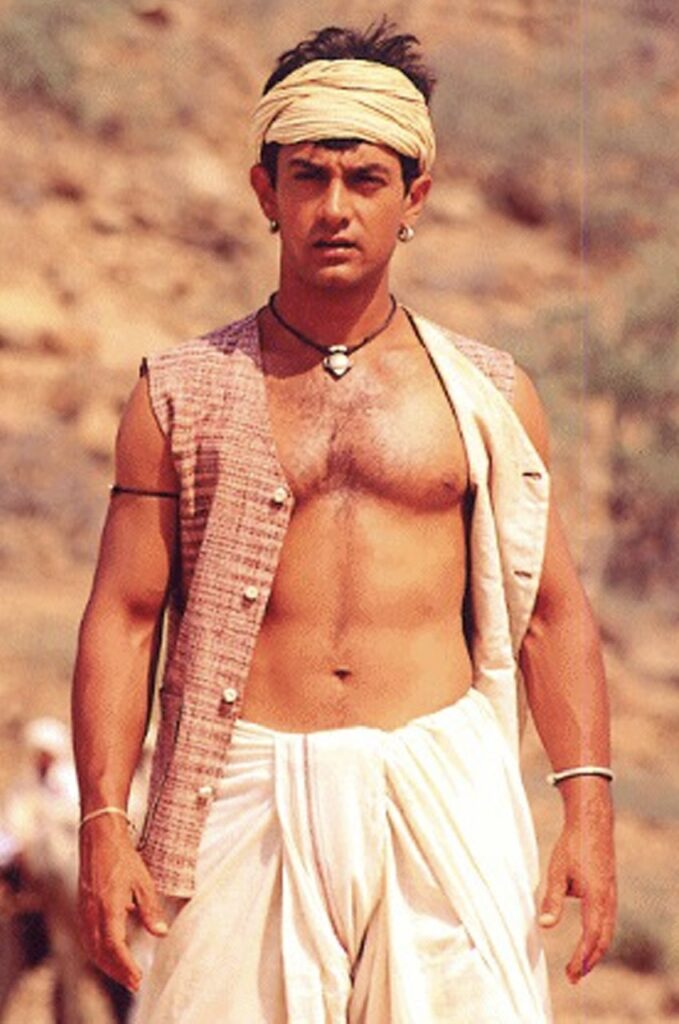
Whether movies in their early decades fully and convincingly plumbed similar depths of emotional realms per se in Tagore’s lifetime or not, we do not know. At the time Tagore indulged in essaying creativity, some might say that roughly a handful of great titles had been released, and among them, possibly none yet in the early Indian movie output.
Movies are similar to collective repositories of various influencers’ impulses, be they aimed at portraying beauty, life’s many challenges and growth moments…or even its uncontrolled evils (e.g., if that’s fair terminology for horror films). They can serve as cautionary tales or a way of encapsulating culture in various forms.
However they’re conceived and executed, movies are often shared (family) experiences when seen and heard in theatres. In those venues, cultural dissemination occurs at roughly the pace of the movie dialogue and action.
Ideas are presented, grappled with by lead and supporting characters, and the end result can diverge from the intended course of any film (especially when the thespian skills of the cast ‘break the fourth wall’ and lose the illusion of reality). Or in the case of a great ensemble performance, it can result in a remarkably impactful presentation. Which of these occur is most often guided by and attributed to the skills and sensibilities of the movie’s directors. Sometimes, others like the story’s original author(s) will get credit or blame. Similarly, directors have occasionally pointed to their audiences as more influential than they’re normally presumed to be, e.g., when comedy or farce stories seem to resonate particularly well with moviegoers.
Still, there is generally more technique and skill than luck involved when a movie is said to rise to the level of a “classic” piece of entertainment. Whereas for American Hollywood features, the average production spend is about INR 483 Crore ($65 million) plus another ~ $35 million for distribution or $100 million (~ INR 743 Crore), for Bollywood features, the cost is typically between INR 20 and 50 Crore ($0.27-0.67 million), of which nearly half is paid to the stars.
To use the American expression for a South Asian industry, Bollywood certainly gets a much bigger “bang for the buck” when it comes to movie production, and a film’s producers are also significantly less burdened by distribution costs than our U.S. analogues (although that may be changing, as Indian movies continue to become more global in reach).
However the money works out and the so-called income pie is sliced, one main factor applies to ALL motion pictures wherever they are made, and that is: audiences drive the entire process. Whether huge crowds throng to their local exhibition theatres or not invariably depends upon how well the producers connect with the average movie attendee. While creating a “buzz” of popular anticipation and excitement for films isn’t something unique to Hollywood or Bollywood (i.e., neither can thrive without at least some momentum ostensibly derived from mass media attention or WWW tastemaker/social media hype), some of us are confident that the true keys to success in the motion picture industry are some combination of lofty artistic purpose (writers/directors) and down-to-earth (stunt people) skills. We also think family fare (wholesome entertainment) will continue to lead the way.
By lofty purpose, we mean to also imply at least a semblance of morality (whether it rises to an overarching arc of platitudes, or simply “socially responsible themes” that tend to inspire masses, who in turn identify with the usual “good triumphs over evil” storylines).
The moral tone needn’t be sanguine or saccharine in order to be effective. Sometimes the lead roles even grapple with inner moral conflicts or society’s endless ambiguities. We tend to categorize films as either character-driven or plot-driven. New York Book Editors explain the difference in an article on their web site. On this web site, we re-assert the audience-driven theory.
Briefly put, in most plots, the good guys take on the bad guys and by the final scene, all is well and the theatres empty to be ready for the next movie. While more contemporary fare may well cast women as heroes and antiheroes, the action-driven movies tend to rely on the fundamental struggle between good vs evil as a reliable audience draw. In such instances, audiences tend to be dragged along for the bumpy, thrilling chases. Obviously, we all hope that Salmanji’s, Johnji’s or Tigerji’s hero guy saves the planet! Audiences simply want the good guys to save us along with Mother Nature. But bullets aren’t answers to most social problems!
Also, we’re grossly generalising here simply to point out how basically formulaically this industry has exploited its titles. There are certainly far more nuanced and unique approaches that have met with great box office successes, even in action films. But my purpose in this blog post is to touch upon and lay out guidelines that tend to inform or restrict productions as general rules, not to prop up strictly-enforced historically popular formulas.
As masters of music often teach: one must ‘know the rules’ before breaking them to achieve total mastery (or words to similar effect). So it goes for moviemaking. I can share episodes of when presented with a new song by a music director, it may be obvious or simply played for us on an instrument exactly how a song’s melody goes, or we the singers may take part in determining a lead melody and/or harmony parts. Just as for instrumental parts, singers like players can contribute to a final product like actors help to adjust dialogues, but final writing credit for the end result is given to the staff tasked with conceiving, writing and shaping the final output, not those who perform it.
That’s why I’ve said I don’t see myself as an author (I’m really more of an artist-performer trained in the art of singing). This doesn’t mean I couldn’t some day try my hand at composing. However everyone in the lively arts tends to find their niche in some way, and clearly my way/niche is singing for now (and the foreseeable future). Isn’t this blog also a fairly good example of some of my creativity (as channeled via my able web team)? Honestly, at times this site feels like an out-of-body experience (after I offer the early inspirations leading to the published results—not unlike my final vocal tracks, as picturised by great actresses in so many skilfully-produced movies).
To the extent that everyone in creative pursuits is a sort of able storyteller, we singers cannot depart from doing that, and it seems that most of the “classic” [in terms of evergreen lasting popular appeal, not strictly in a classical genre] movie songs have some elements of plot/action resonance, some of the best songs are even mini stories by themselves.
Here on my website, we aren’t trying to delineate every aspect of singing techniques or movie/music writing. We simply touch upon various items of interest to me and audiences for whom the industry exists! Inasmuch as we are said to succeed in doing that, I’m happy with our posts and pages here (and I hope to be similarly satisfied by the further growth of not only the features of this digital domain, but our Bollywood movie industry as it continues to grow).
So have we made any final decisions about whether ghazals or pop songs are “better” or action films vs romantic or comedy features have a decidedly creative advantage? I hope not, lol.
We’re not here to make proclamations nor to prove or disprove any notions or theories. Our mission is to explore the field with a view to offer insights about it to aspiring talents (and I’ll also note that we don’t always restrict the term talents to only younger aspirants, for age is merely a number and in the more evolved way of modern life, those aspiring to make their marks in any industry may be of any skin color, ethnic/cultural background, gender or in fact, any age).
Of course, speaking it as fact doesn’t make it so. While among the many movements for changing tired notions of physical and social beauty, ageism per se has not generally been a cause celebre, possibly because many authors find their greatness later in life, whereas performers generally do so earlier, we have seen examples that disprove the stereotypes.
But there is some obvious logic for talent being noticeable at an early age and wisdom being the usual purview of elders; so again, we’re not here to debate or exhaust every topic we raise. Time will (or will not) prove any points offered here. I’ll take credit for my parts, and eventually we hope to be not merely a source of information about playback singing or movie music per se, but also one of inspiration—we hope leading to more and better songs!
For, as I (and others) often say, we do this work for the audiences, not only for ourselves. I cannot overstate the importance of that sort of perspective on and within our industry, and through hard times and easier ones, we hope to be here for you and we also hope you’re there for us and find something valuable about our work.
May God/the universe bless us all individually and collectively with the curiosity to find those and that which we love (and who do likewise). We haven’t escaped the Covid-19 and related viral onslaughts yet, and with that in mind, I wish you more health and safety and happiness than you were expecting… now and into the future. Please stay safe and smart: do the social distancing, hand and body washing, get vaccinated if/when you can, and remain as positive in mood as you can through these trying times.
Like the third act of a feature film, we can all look forward to better outcomes as we continue to push beyond the daily trials and tribulations. We’re here for you and we welcome you again to our corner of the universe and worldwide web.
Namaste,
♬ AM ♬
